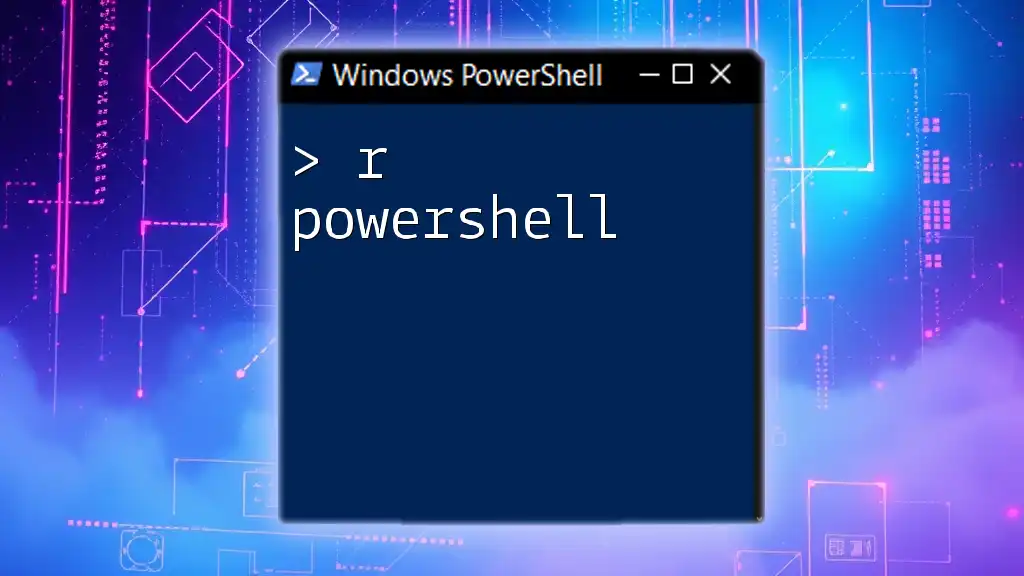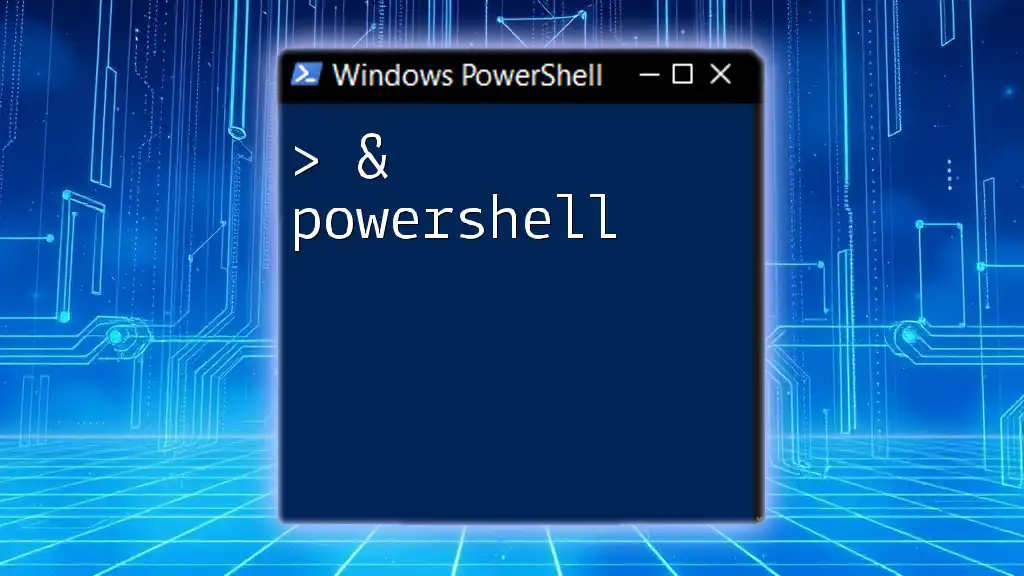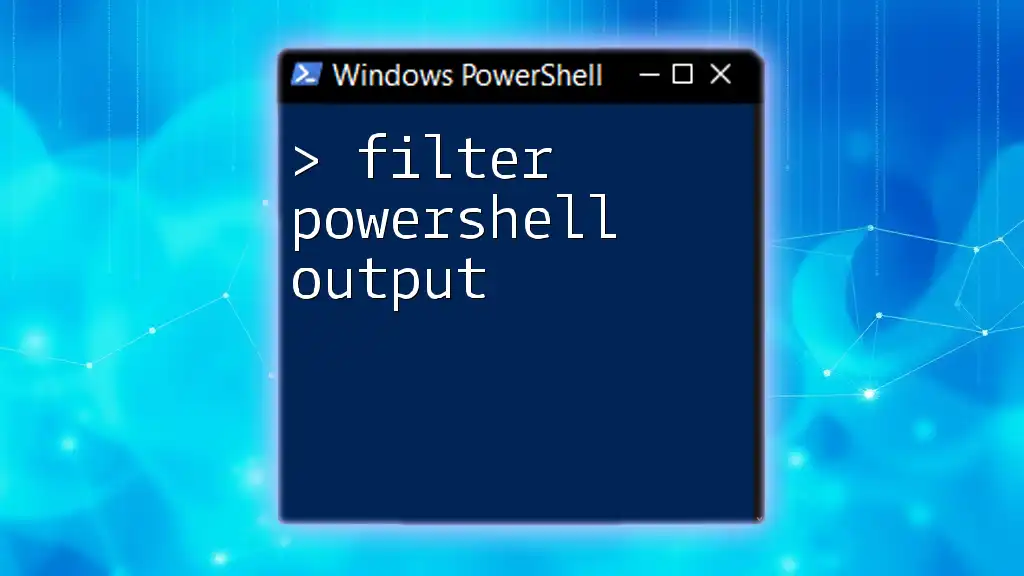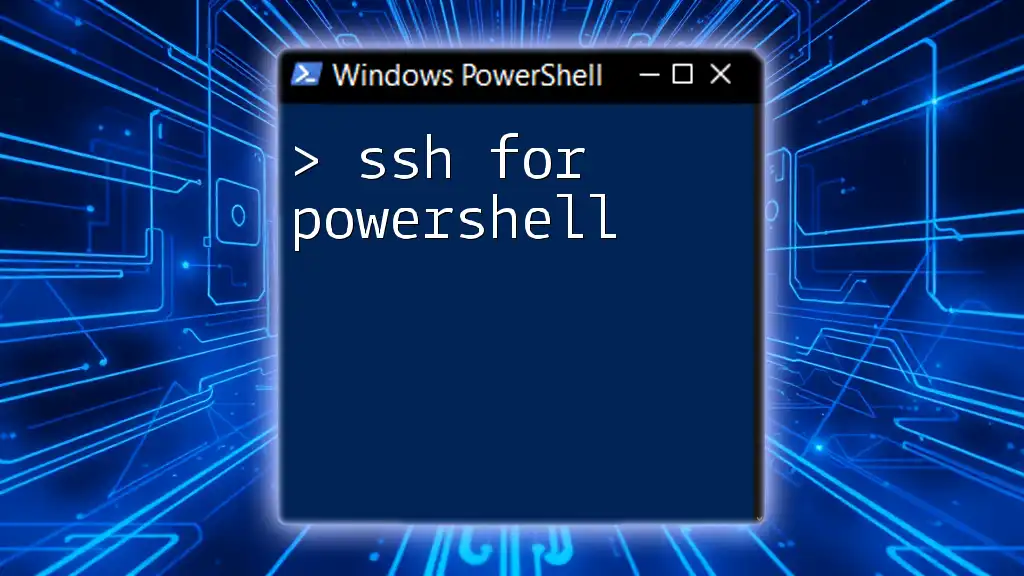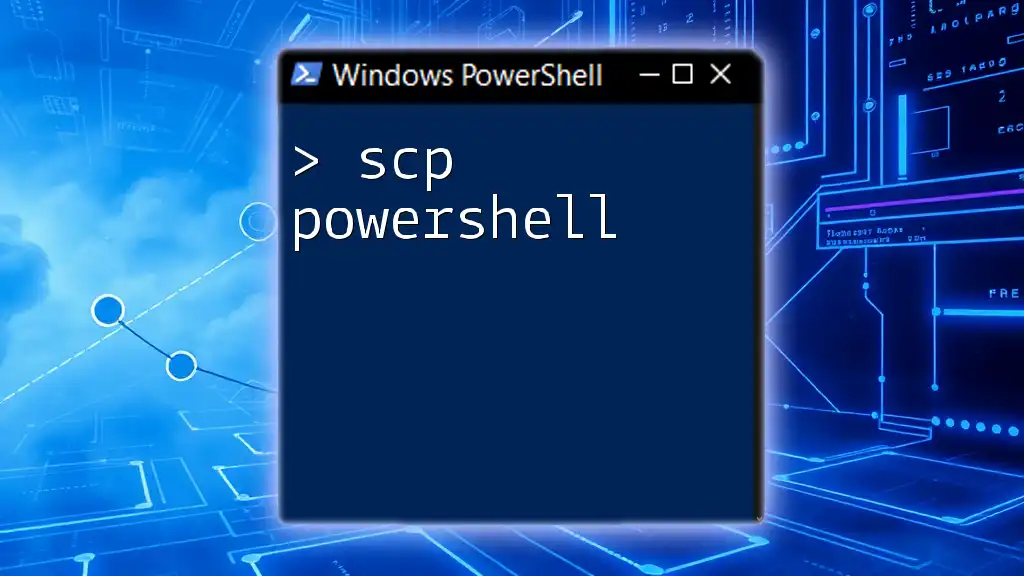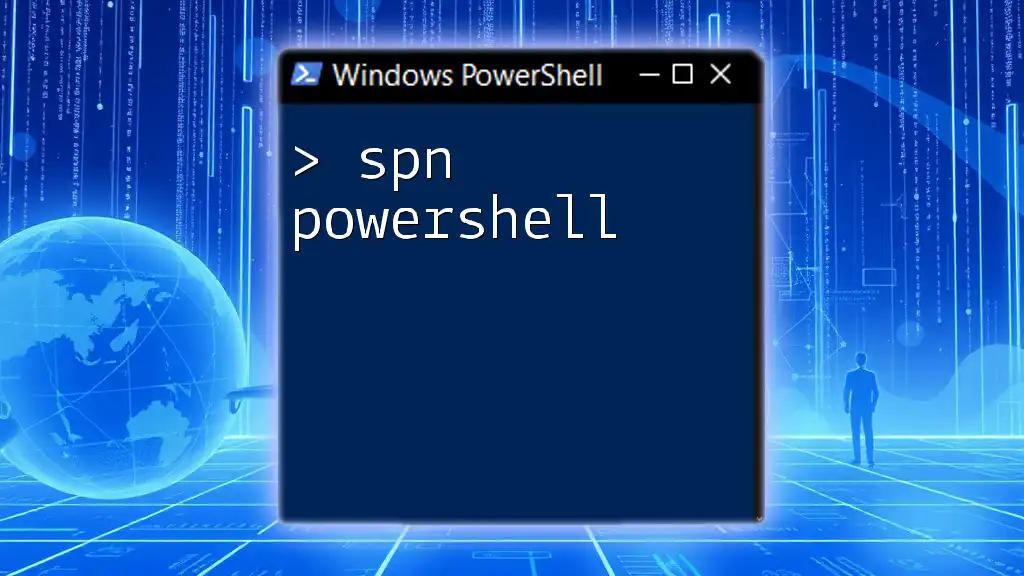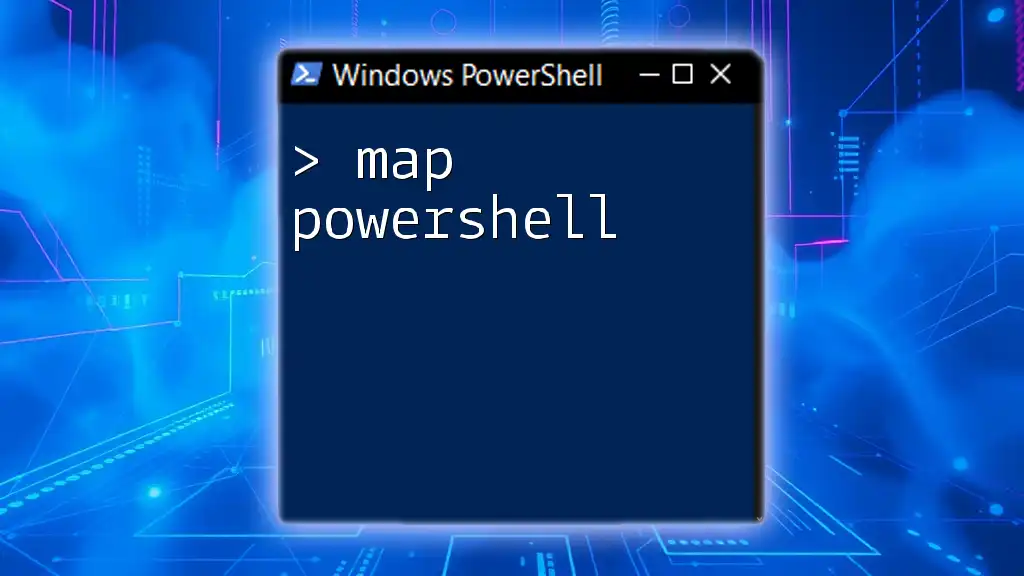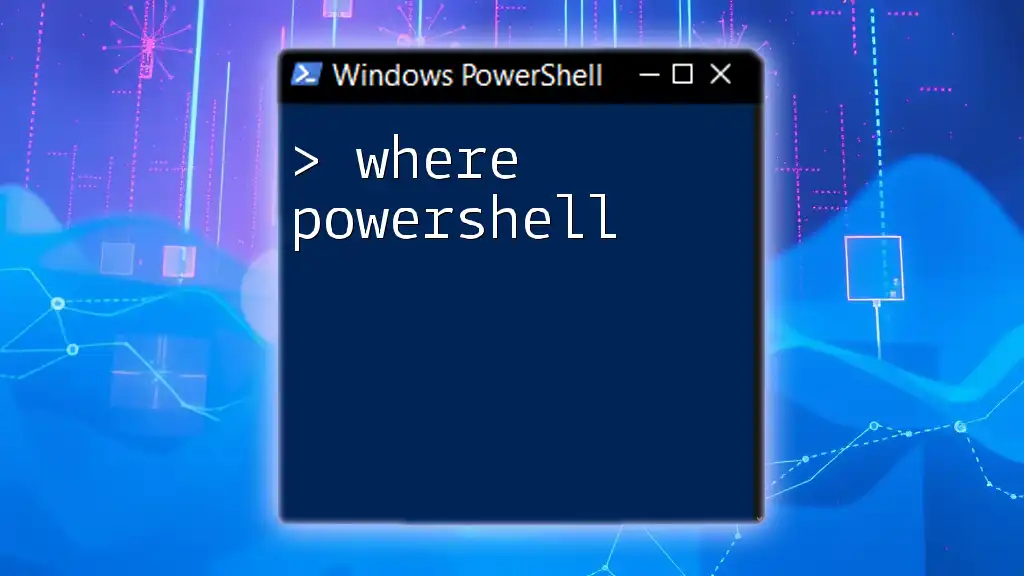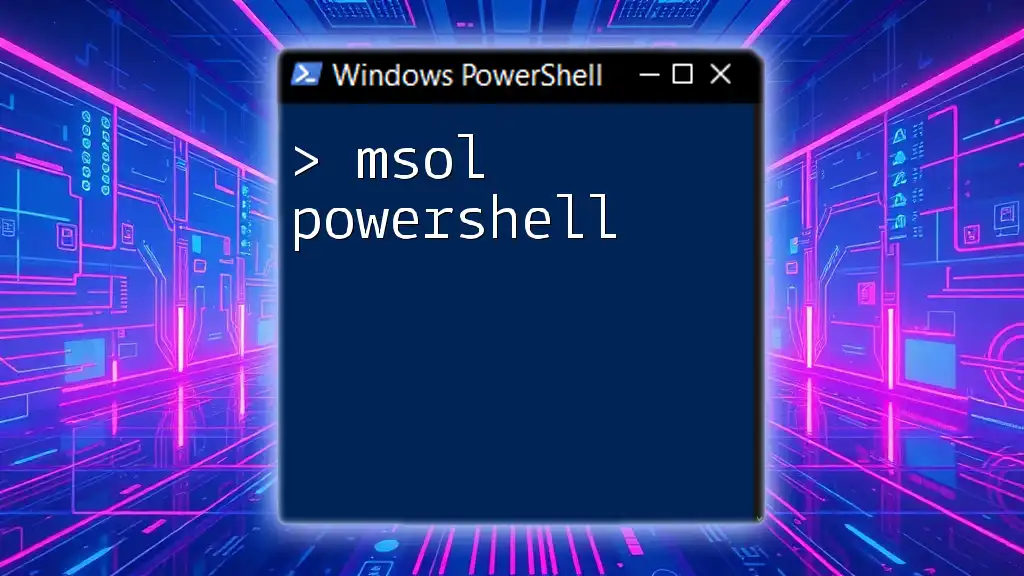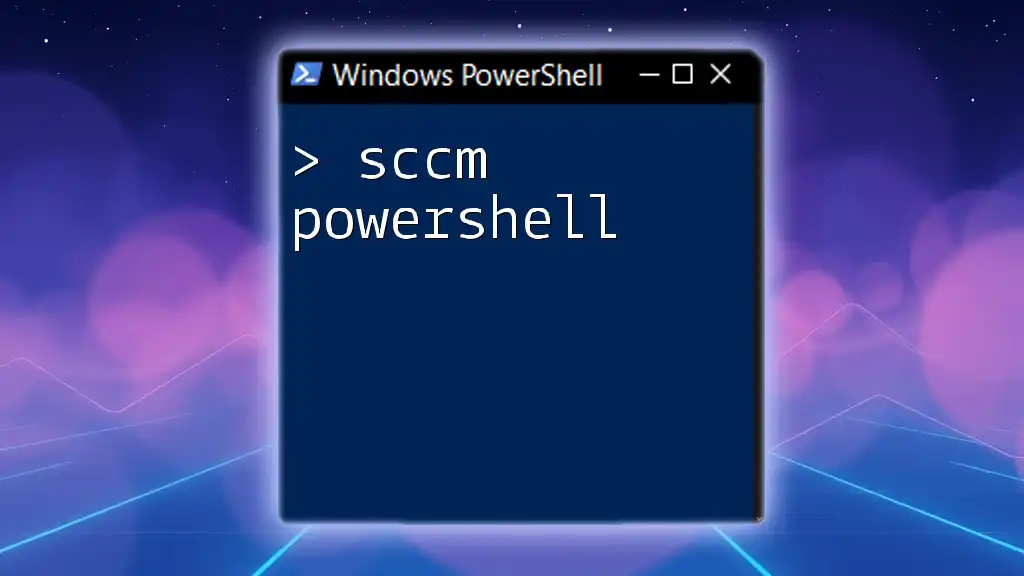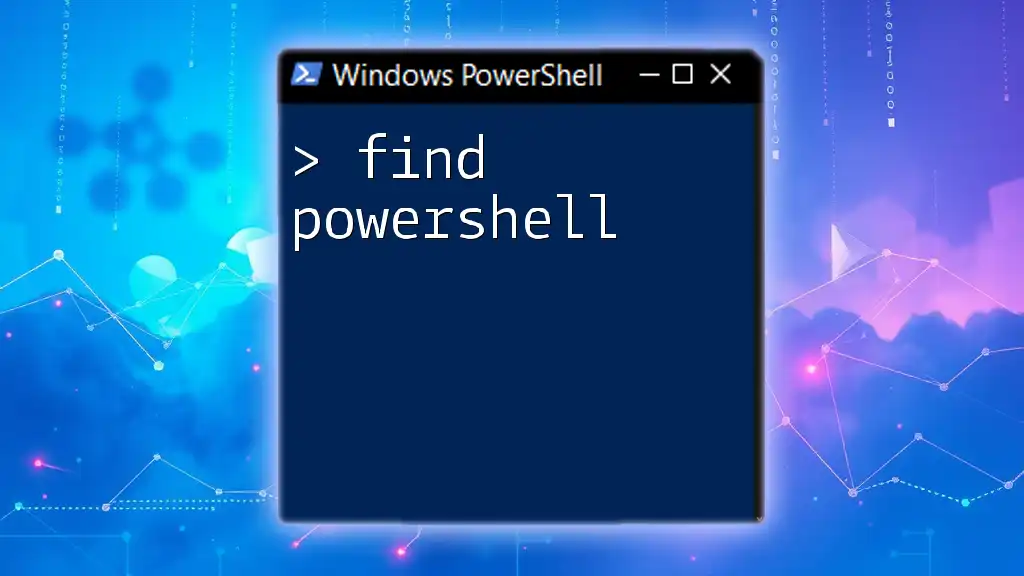The "r" in PowerShell refers to the shorthand command used for executing scripts, which is exemplified in this simple code snippet that displays the message "Hello, World!" in the console.
Write-Host 'Hello, World!'
Understanding PowerShell
What is PowerShell?
PowerShell is an advanced scripting language and command-line shell designed specifically for system administration and automation. Developed by Microsoft, it provides a powerful framework for managing and automating the administration of Windows and other platforms, making it an essential tool for IT professionals and developers alike. Its extensive capabilities allow users to perform complex tasks efficiently, empowering them to automate repetitive workflows and manage networked devices seamlessly.
Core Features of PowerShell
Scripting capabilities are at the heart of PowerShell, providing users with the means to create scripts that execute a series of commands in a sequence. This allows for effective task automation, minimizing manual intervention in repetitive tasks.
Cmdlets are built-in PowerShell functions that perform specific actions. With commands like `Get-Process` and `Stop-Service`, users can manipulate system processes and services with ease. For instance, executing the command below returns a list of all running processes:
Get-Process
Pipelines allow for the output of one cmdlet to be passed directly into another cmdlet, enabling a powerful and flexible way to handle complex operations. The ability to chain commands smoothly is one of PowerShell’s standout features. For example:
Get-Service | Where-Object { $_.Status -eq 'Running' }
This command retrieves all running services by filtering the results from `Get-Service` using `Where-Object`.

Introduction to R Language
What is R?
R is a programming language and software environment specifically designed for statistical computing and data analysis. It offers a wealth of tools for data manipulation, statistical modeling, and highly customizable data visualization. R is widely used among statisticians, data scientists, and researchers for its sophisticated data analysis capabilities.
R and Data Science
In the realm of data science, R has established itself as a leading language due to its rich ecosystem of packages and libraries, such as `dplyr` for data manipulation and `ggplot2` for visualizing data. This makes R an ideal choice for users who need to analyze and interpret large datasets effectively.
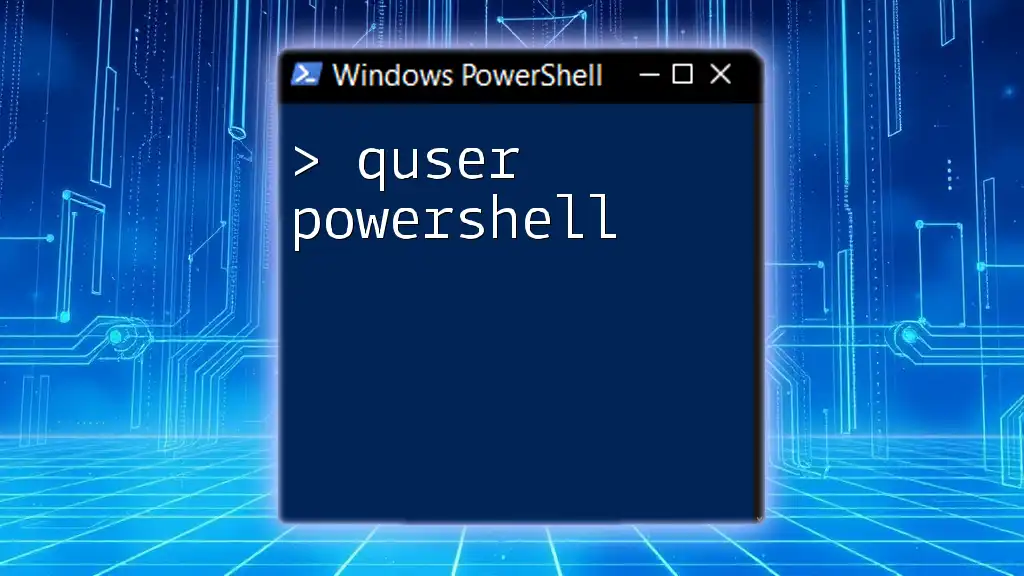
R PowerShell: Bridging the Gap
Why Use R Inside PowerShell?
Combining R PowerShell allows users to leverage the strengths of both environments—PowerShell's automation capabilities and R's data processing prowess. This integration can significantly enhance workflows, offering solutions for tasks like data import, analysis, and reporting directly from the PowerShell environment.
For example, you can automate the generation of reports by running an R script that processes data and outputs the results without leaving the PowerShell interface. This not only saves time but also reduces the need for manual data handling.
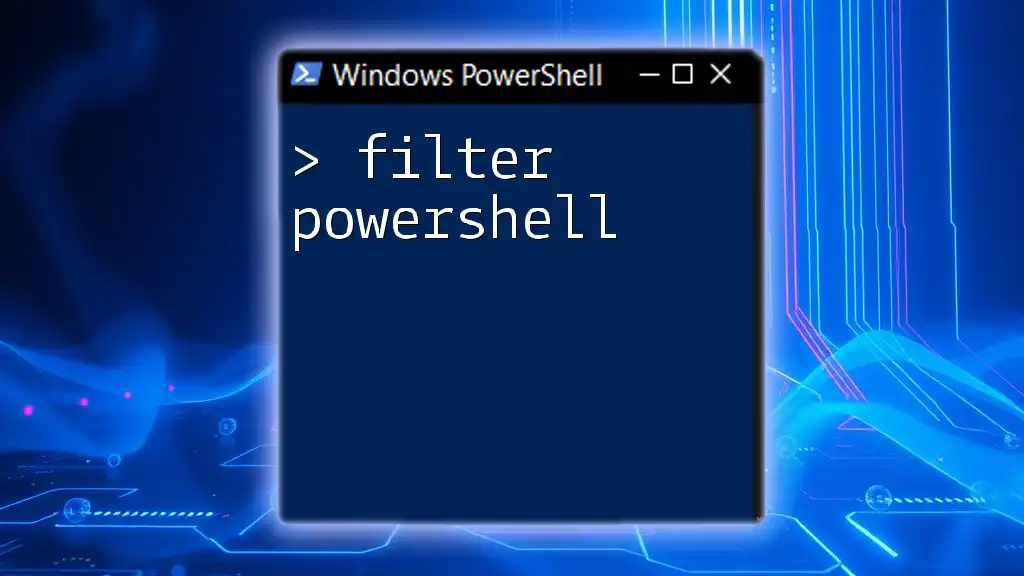
Setting Up Your Environment
Installing PowerShell
The installation of PowerShell varies by operating system:
-
Windows: PowerShell is pre-installed. Users can access it via the Start menu.
-
macOS: Install PowerShell via Homebrew using the command:
brew install --cask powershell -
Linux: Installation may depend on the distribution, commonly using `apt` for Ubuntu:
sudo apt-get install powershell
Installing R
Installing R is straightforward:
-
Windows: Download the R installer from CRAN [here](https://cran.r-project.org/bin/windows/Rinstaller.exe) and follow the prompts.
-
macOS: Download the .pkg file from CRAN [here](https://cran.r-project.org/bin/macosx/R-4.1.1.pkg) and install it.
-
Linux: Install R via the package manager, for example:
sudo apt-get install r-base
Configuring PowerShell to Work with R
To integrate R with PowerShell, you'll need to set up the `IRkernel`, an R package that allows R to be called from Jupyter and other notebook interfaces, including PowerShell.
Install `IRkernel` by running R and executing the following commands:
install.packages('IRkernel')
IRkernel::installspec(user = FALSE)
You can check integration by executing a simple test within a PowerShell script.
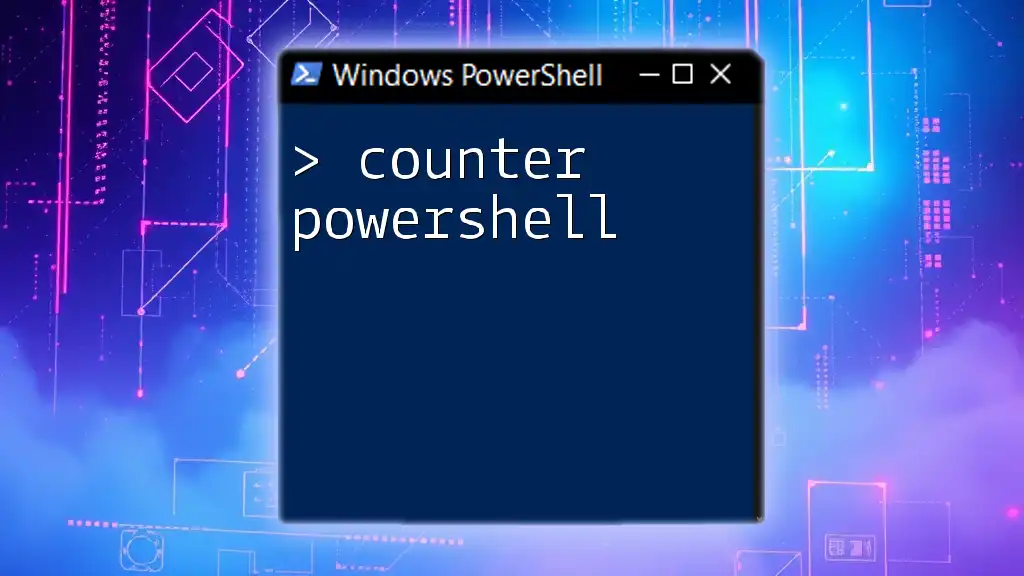
Working with PowerShell and R
Running R Scripts from PowerShell
To execute R scripts from PowerShell, you can use the command line to invoke R. Create a simple R script, `test_script.R`:
# test_script.R
print("Hello from R!")
Run this R script from PowerShell by using the following command:
Rscript .\test_script.R
This command will output: `Hello from R!`, demonstrating successful execution.
Importing R Libraries in PowerShell
Once R is installed and configured, you can import R libraries directly within your PowerShell sessions. For instance, to use the `ggplot2` library for visualization, run:
R -e "library(ggplot2)"
This command loads the `ggplot2` library, making its functions available for your scripts.
Passing Data Between R and PowerShell
One effective method to share data between R and PowerShell is through CSV files. First, create a simple data frame in R and save it as a CSV:
# create_data.R
data <- data.frame(Name = c("A", "B", "C"), Value = c(1, 2, 3))
write.csv(data, "data.csv", row.names = FALSE)
Run this R script from PowerShell to create the CSV file. Next, you can read this CSV back into R from a PowerShell script:
Rscript -e "data <- read.csv('data.csv'); print(data)"
This reinforces the interoperability between PowerShell and R, enabling efficient data handling.
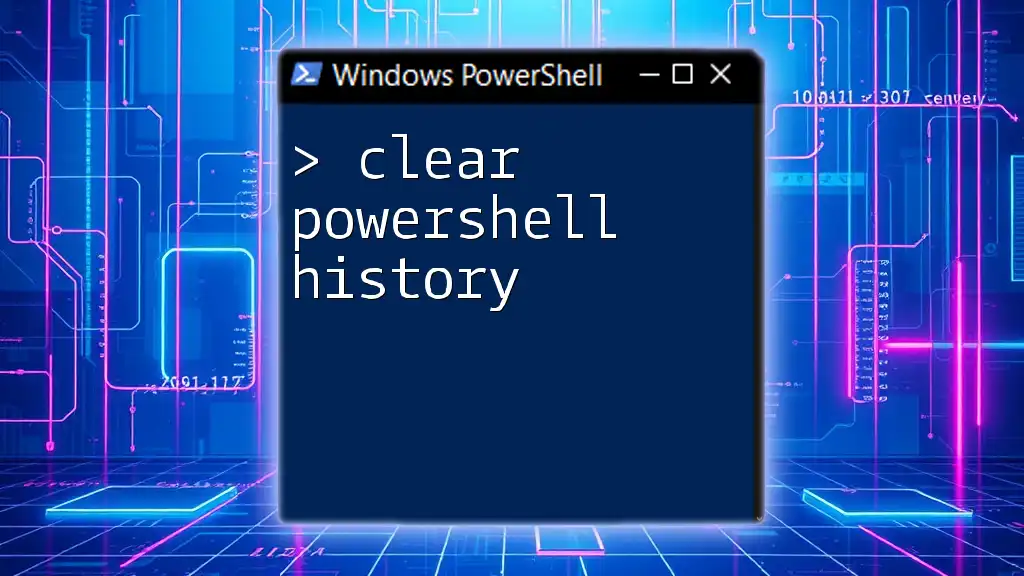
Practical Examples
Automating Data Analysis Tasks
Suppose you want to automate a weekly data analysis report. You could write a PowerShell script that executes a pre-defined R script to analyze data and generate a report. An example PowerShell script might look like this:
# AnalyzeData.ps1
Rscript .\analyze_data.R
This command calls the `analyze_data.R` R script, which could perform various analytics and export the results automatically.
Visualizing Data Using R in PowerShell
Visualizations can also be generated through PowerShell by executing R scripts. Create an R script that visualizes data:
# plot_data.R
library(ggplot2)
data <- data.frame(x = c(1, 2, 3), y = c(2, 3, 5))
ggplot(data, aes(x = x, y = y)) + geom_line()
ggsave("plot.png")
Once you have your script, run it from PowerShell:
Rscript .\plot_data.R
This will generate a `plot.png` file containing your visualization, demonstrating the power of using R for graphical representation.
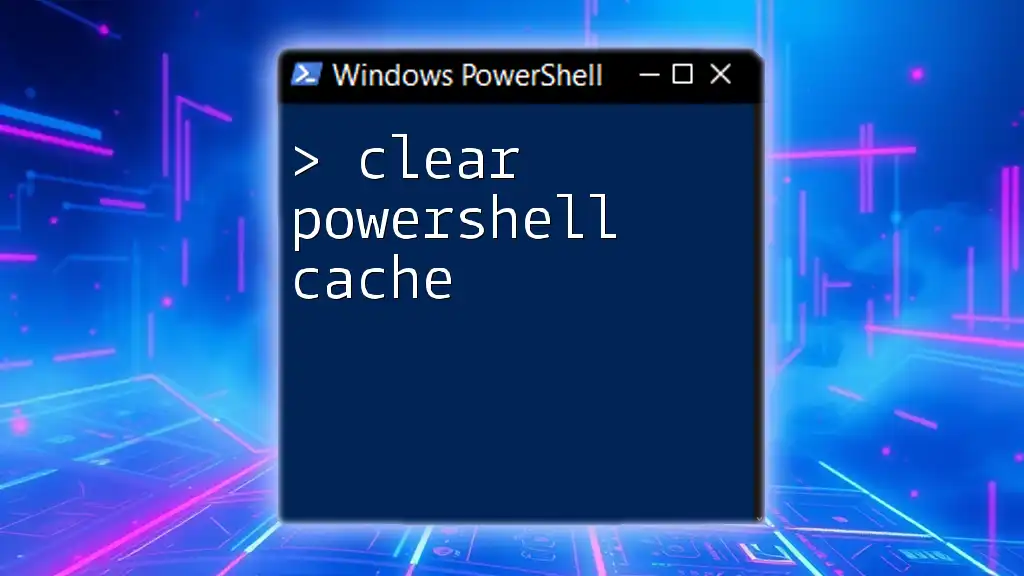
Common Issues and Troubleshooting
Common Errors When Working with R in PowerShell
Engaging with R PowerShell may introduce some common errors. These can include file path issues or compatibility problems between R packages. One typical error involves incorrect paths when calling scripts. Always ensure proper path specifications to avoid confusion.
Best Practices
To ensure smooth integration of R and PowerShell, consider the following best practices:
- Maintain organized file structures for both R scripts and PowerShell scripts.
- Regularly update both PowerShell and R to their latest versions for performance and security enhancements.
- Commenting your code effectively can help with long-term maintenance and readability.

Conclusion
Incorporating R PowerShell into your toolkit can dramatically enhance your productivity and analysis capabilities. By leveraging the strengths of both R and PowerShell, you can automate complex tasks and perform insightful data analyses efficiently. Ensure to practice these integrations to fully grasp their potential and apply them to real-world scenarios.
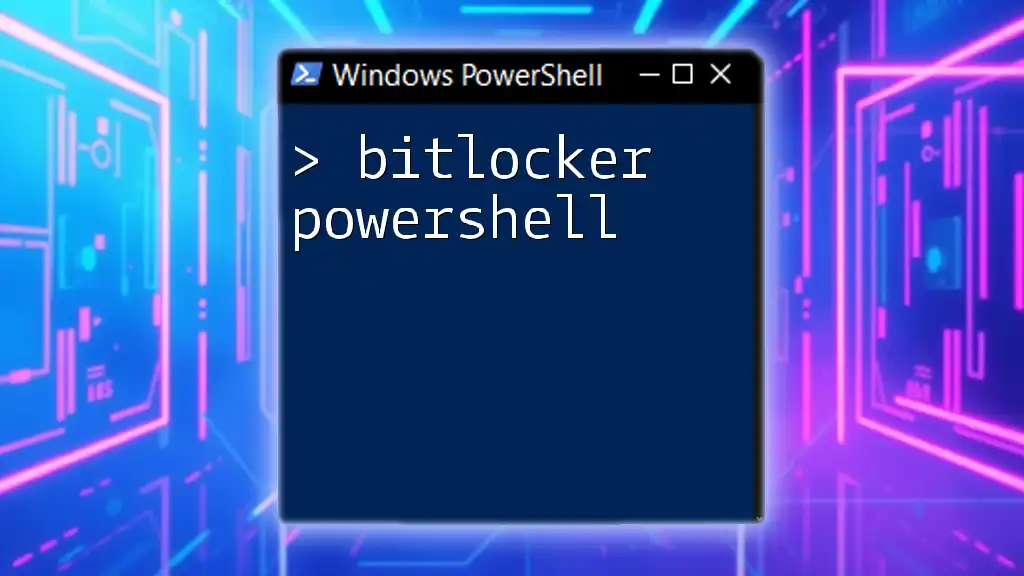
Additional Resources
Useful Resources for R and PowerShell
To further enhance your understanding and skills, consider checking out the official documentation for both [PowerShell](https://docs.microsoft.com/powershell/) and [R](https://www.r-project.org/).
Community and Support
Engaging with communities such as Stack Overflow or specialized forums for R and PowerShell can be invaluable. These platforms not only provide support but also allow you to share ideas, troubleshoot effectively, and connect with fellow enthusiasts.

